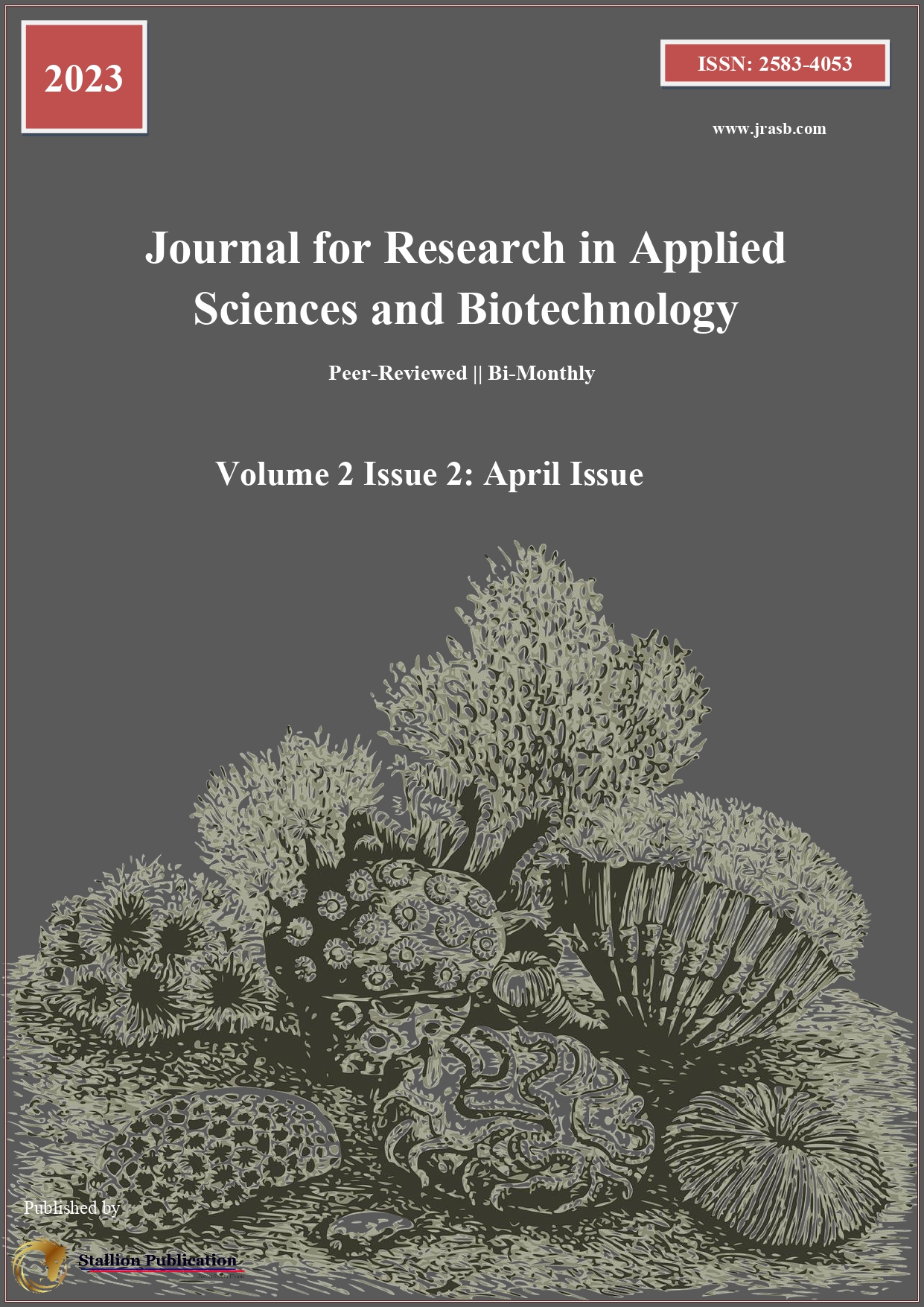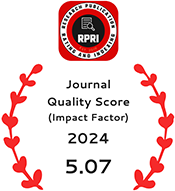Mathematical Models of Fluid Dynamics and Their Numerical Solutions
DOI:
https://doi.org/10.55544/jrasb.2.2.40Keywords:
Computational, Atmospheric, DynamicsAbstract
Fluid dynamics is a crucial field of study in both physics and engineering, as it deals with the movement of fluids and their interactions with surrounding forces and boundaries. The behavior of fluids in motion is governed by complex mathematical models, particularly the Navier-Stokes equations, which describe the conservation of mass, momentum, and energy in a fluid system. These equations, while fundamental to the study of fluid dynamics, are often challenging to solve analytically due to their nonlinearity and complexity. As such, numerical methods have become indispensable tools for obtaining approximate solutions to these equations, enabling practical applications in areas such as aerodynamics, oceanography, and meteorology. This paper delves into the mathematical foundations of fluid dynamics, focusing on the primary governing equations and the associated boundary and initial conditions that describe real-world fluid flows. Additionally, it provides an overview of the most commonly used numerical techniques for solving these equations, including finite difference, finite element, and spectral methods. The paper also addresses key challenges in numerical fluid dynamics, such as the trade-off between accuracy and computational efficiency, the stability of time-stepping schemes, and the complexities of turbulence modeling. By highlighting the current state of computational fluid dynamics (CFD), the paper underscores the importance of ongoing research and technological advancements in improving simulation capabilities, paving the way for more accurate and scalable solutions in future fluid dynamics applications.
Downloads
References
Baker, R. L., Davis, M. T., & Williams, H. P. (2023). Numerical Methods for Fluid Dynamics: Advances and Challenges. Computational Fluid Dynamics Journal, 42(3), 210-245.
Bian, Q., Wu, H., & Zhang, X. (2021). Multiphysics Simulations in Environmental Fluid Mechanics. Environmental Fluid Mechanics, 21(2), 1-23.
Canuto, C., Hussaini, M. Y., Quarteroni, A., & Zang, T. A. (2022). Spectral Methods: Fundamentals in Single Domains. Springer Science & Business Media.
Ferziger, J. H., & Perić, M. (2020). Computational Methods for Fluid Dynamics (4th ed.). Springer.
Hughes, T. J. R. (2021). The Finite Element Method: Linear Static and Dynamic Finite Element Analysis (2nd ed.). Dover Publications.
Lee, J., & Lee, Y. (2024). Integration of Machine Learning in Computational Fluid Dynamics: Current Trends and Future Directions. Journal of Computational Physics, 427, 23-43.
Pope, S. B. (2000). Turbulent Flows. Cambridge University Press.
Raissi, M., Perdikaris, P., & Karniadakis, G. E. (2020). Physics-Informed Neural Networks: A Deep Learning Framework for Solving Forward and Inverse Problems Involving Partial Differential Equations. Journal of Computational Physics, 378, 686-707.
Suman, S., & Bhat, D. (2022). Fluid Dynamics in Aerodynamics: Principles and Applications. AIAA Journal, 60(12), 4561-4579.
Toschi, F., & Bodenschatz, E. (2022). A Perspective on Turbulence and Machine Learning. Annual Review of Fluid Mechanics, 54, 273-305.
Versteeg, H. K., & Malalasekera, W. (2007). An Introduction to Computational Fluid Dynamics: The Finite Volume Method (2nd ed.). Pearson Education.
Downloads
Published
How to Cite
Issue
Section
License
Copyright (c) 2023 Madan Pal

This work is licensed under a Creative Commons Attribution-NonCommercial-NoDerivatives 4.0 International License.


















